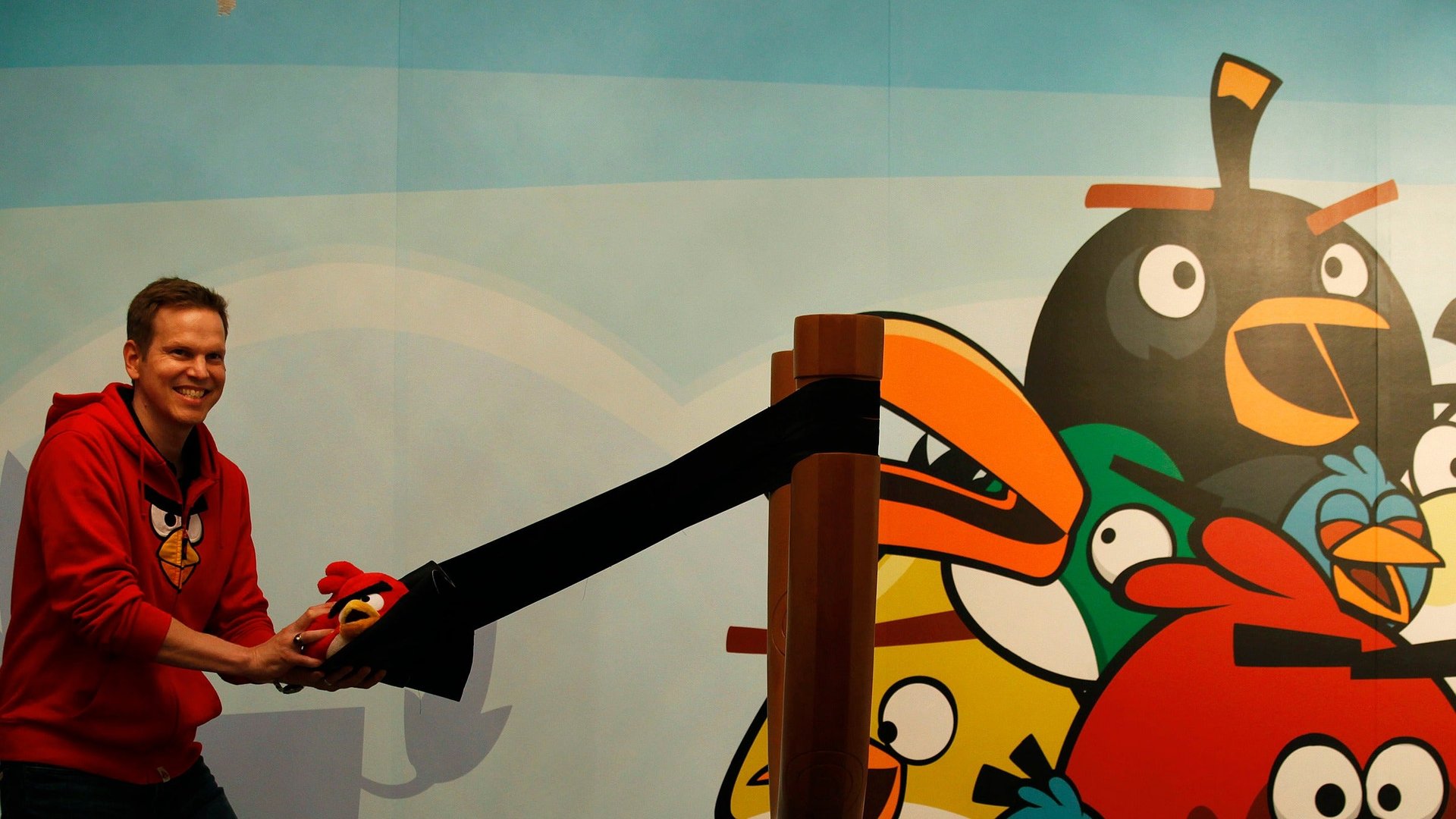This is the optimal number of apps you should create to land a killer app
Say you’re a mobile app developer trying to maximize your chances of striking gold with that one killer app. How many apps should you make? Four? Six? A dozen? The answer—if you’re making a non-game app—is: one. If you’re making a mobile game, however, you should make a lot more than that.


Say you’re a mobile app developer trying to maximize your chances of striking gold with that one killer app. How many apps should you make? Four? Six? A dozen? The answer—if you’re making a non-game app—is: one. If you’re making a mobile game, however, you should make a lot more than that.
This is one of the latest findings from the Mobile Innovation Group, a research collaboration we are leading between MIT and Stanford. With the help of Yulia Muzyrya, a Boston University graduate student, we analyze publicly available information, survey data, and interviews to examine how app developers innovate and compete. Our goal is to come up with a set of best practices for mobile application companies and developers.
Our most recent rule of thumb concerns the optimal number of apps to create: The most successful game developers focus on creating many highly varied products and releasing them quickly, while the most successful non-game developers tend to build one strong app and add incremental improvements over time.
Even though mobile apps are a new thing—Apple’s App Store first opened in 2008—mobile game makers operate in a mature market. According to Portio Research, games comprise the largest category of apps on most of the major app stores. Because of the legacy of video games, developers can easily import many successful features and strategies from video games to mobile apps.
Non-game app developers, in contrast, operate in nascent markets. Take, for instance, an app that allows customers to take a picture of a UPC code to get more information about an event or product. This offering is so new and so novel that consumers don’t even know what they want and need from it. As a result, developers have fewer off-the-shelf tools at their disposal.
Here’s an analogy: When a carmaker sets out to build a new automobile, it’s working within certain established models. There are station wagons, mini-vans, convertibles, and SUVs. All of these cars work for different types of customers. The carmaker can tinker with the color or the design to boost sales, but cars are a comfortable and familiar product category. The more variations it makes, the probability of it coming out with a bestseller increases. But what if there were a completely new and different consumer product category—a personal flying aircraft, say. What different features would it have? We don’t necessarily know because it’s so new. It’s a Model T Ford of its era.
And so it is with games and non-games in the app world, which is why their paths to success are different. For game developers, the probability of creating a killer app goes up the more apps they make. They don’t necessarily know which game is going to capture the imagination of the customer so their optimal strategy is to make a lot of games and see which one sticks. The probability of non-game developers creating a killer app, on the other hand, decreases the more apps they produce. They are better off making one, good, basic app and fiddling with it to improve the user experience.
To illustrate the point, let’s look at two established killer apps from each of these groups: Instagram, the photo-sharing network, that has 100 million monthly active users, and Angry Birds, the mobile game franchise produced by Rovio, a small Finnish company, that has been downloaded more than one billion times. Instagram sold to Facebook for $1 billion last year; Angry Birds generated $106 million for Rovio in 2011.
Instagram offers something distinctive. Users snap a picture, choose a filter to alter the picture’s look and feel, then they post it to Instagram, where it can be shared via Facebook, Twitter, and Tumblr. It’s an easy and fun way to share photos, and it takes only a couple thumb taps. Angry Birds, the mobile game franchise, involves catapulting cartoon birds at fortresses designed by evil pigs. It’s highly addictive.
One reason for the success of Angry Birds and Instagram is that their respective app makers have played a smart numbers game. The makers of Instagram—two 20-something Stanford grads—have stayed true to that one app, adding small enhancements here and there to improve the user experience. Meanwhile Rovio has pumped out many different types of “Angry Birds” games: seasonal special editions, Star Wars-themed, and space-themed games. None of these games fundamentally upgrade the gaming experience. Rather, Rovio is trying to leverage what fans like about the game and give them more of the same. It’s just a different variation on the same killer app.
All entrepreneurs face the same constraint of limited resources. Our analysis shows that in mature markets, entrepreneurs can leverage the developed supply chains to make multiple bets on a killer app. In nascent markets, entrepreneurs are more likely to develop a killer app by focusing resources on a single app.